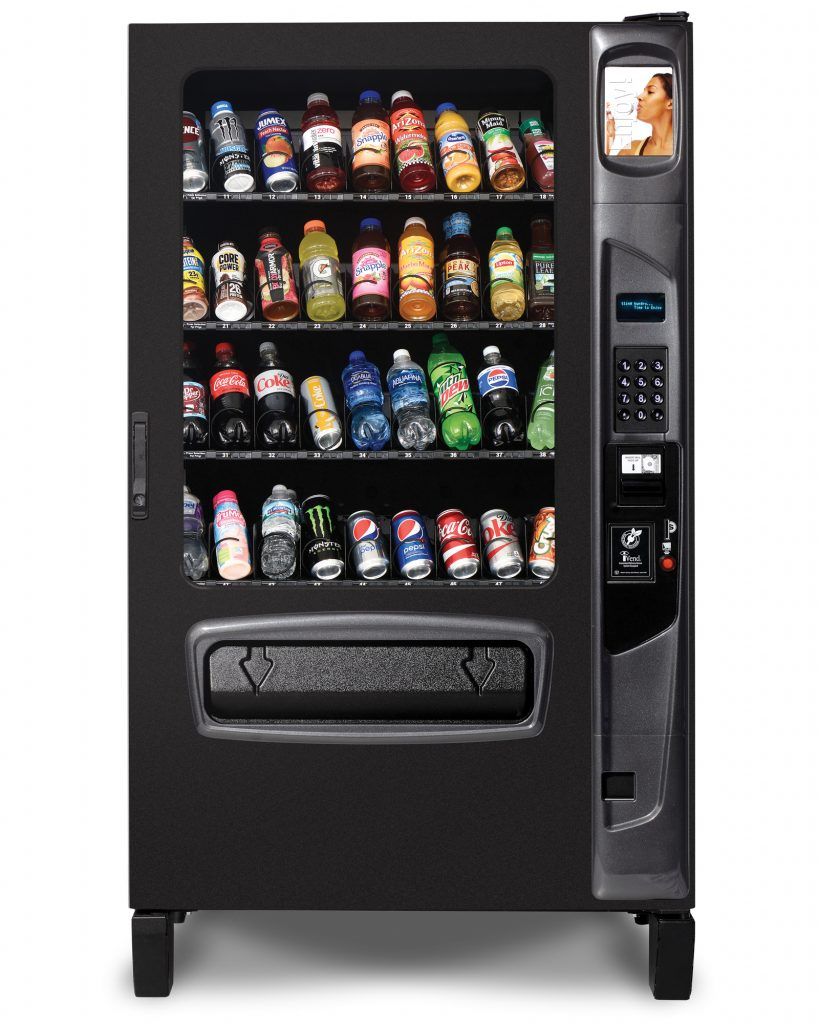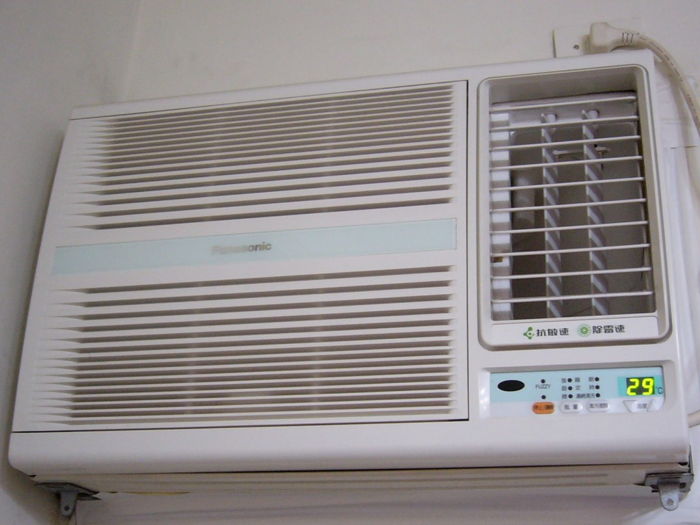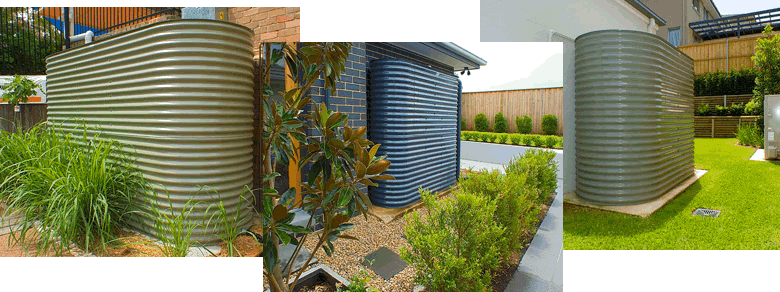A plate heat exchanger uses metal plates for transferring heat between two fluids. The dish offers a great deal larger area when compared with conventional heat exchangers. This might also greatly increase the top temperature change speed furthermore to facilitate heat transfer. There’re two versions of people plate heat exchangers because the bigger ones use gaskets between plates along with, the smaller sized ones are brazed.
They normally use pipes along with other containment equipment to awesome or heat a fluid by transferring heat between it along with a different fluid. The commonest exchangers possess a coiled pipe that contains a fluid that’s passing utilising a chamber that contains another fluid. The pipes walls in several exchangers are made of metal or any other substances which have a high thermal conductivity that’s so that you can facilitate the interchange. The outer casting in several exchanges includes plastic or sometimes coated with thermal insulation which is always to ensure heat is frustrated from staying away from.
They could be applied in several ways including in oil coolers, evaporators, condensers, under floor heating, domestic water heating, snow melt systems, beer chilling, outdoors boilers, furnaces and stoves and sub coolers. They’re also advantageous in several ways, also, to including offering you by getting a chance of designing smaller sized engineered systems furthermore to simplify the repair and maintenance. Also, you have the capacity to set up superior solutions for cost-effective for that heat transfer solution using brazed plate heat exchangers.
They may also be advantageous in cutting the quantity of cooling media, also, to further reduce the fluid handling system costs furthermore to utilise of a person’s. They’ve several corrugated steel plates which are stacked on the top of one another and concurrently vacuum brazed together. This makes certain that two fluids can flow without entering mention of the each other. You will find three common sizes of brazed plate heat exchangers namely three by 8, four by 12 and five by 12. Every one of these sizes their unique, appropriate functionality.
Such as the three by eight brazed plate heat exchangers work with small applications for example small domestic water heating, DIT beer chilling and small heating projects. Some by 12 are appropriate for medium-sized heating projects which will include outdoors furnace installations and snow melting projects. Five by 12 work large residential and lightweight-weight commercial applications which will include radiant heating, brewing, outdoors wood furnaces and hydraulic oil cooling. You need to bear in mind these heat exchangers may also be given assorted energy consumptions.
Cooling towers work to dispense with overabundance heat from modern procedures. They’re an enormously imperative piece of industry and assume a part in temperature control in homes and organizations as well. However numerous individuals are still unconscious of precisely what cooling towers are and how they function. Perused on for a snappy prologue to various sorts of them and where to discover them.
A standout amongst the most unmistakable sorts is the common draft tower. These colossal raised barrels are a famous method for cooling water in substantial industry. Warm water enters a characteristic draft tower from the top and streams down its sides. This water’s cool all the more rapidly and expansions the rate of dissipation. Air is attracted through channels and the open mouth of the gadget, and the procedure of warmth trade happens. The water keeps on cooling and dissipate as it achieves the base, where it is reintroduced to the mechanical procedure. Now and again, there might be an excessive amount of vanishing and make up water must be added to the cycle to recharge it. There may likewise be a waste water funnel in a characteristic draft tower, which sends some water to sewers or tempest channels to diminish the centralization of components in the framework.
Alternatively, mechanical ones may be used instead. These work in a similar fashion to natural draft towers but there are some important distinctions. Again, water enters the tower from the top. This time, it’s directed down the sides of the tower in a particular pattern. A fan blasts the water stream with air to catalyse the process of heat exchange. These fans often appear at the top of the cooling tower – which remains open in natural draft towers – but can also be located inside or at the base. As water flows to the bottom of a mechanical tower, it cools and is re-circulated.
Cooling towers can be found in a scope of mechanical and household areas. Characteristic draft towers are most generally found in force plants and huge processing plants, and are a conspicuous component of modern scenes. Mechanical ones are normally littler and are frequently found on top of workplaces and business structures as a major aspect of a temperature control framework, similar to an aeration and cooling system. Indeed, even local aeration and cooling systems contain little cooling towers.
In some cases, when an office or production line expands its ability, it might need to rely on upon cooling tower rental to cool more noteworthy measures of warm water. Along these lines, cooling towers are necessary to mechanical procedures and seeing how they function is fundamental.




